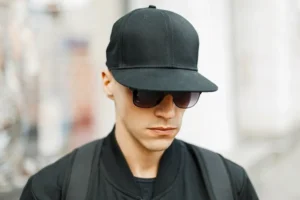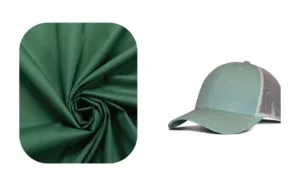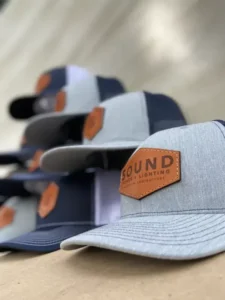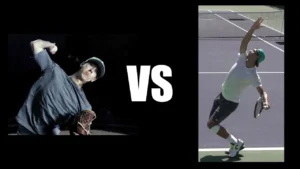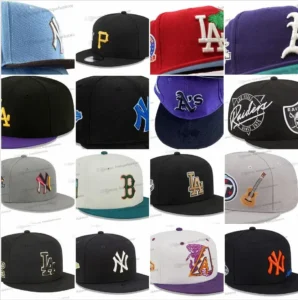Baseball caps are more than sports headwear. They are cultural icons, fashion essentials, and powerful branding tools. Understanding what defines a baseball cap helps buyers and brands make smarter sourcing decisions.
A baseball cap is a soft fabric hat with a rounded crown, a stiff curved brim, and an adjustable or fitted closure at the back. Originally created for baseball players, it has evolved into a global fashion accessory and promotional product. Its structure, materials, and versatility make it one of the most popular hat styles worldwide.
Transition: Let’s take a closer look at what makes baseball caps unique and valuable in today’s markets.
1. What Defines a Baseball Cap in Terms of Structure and Design?
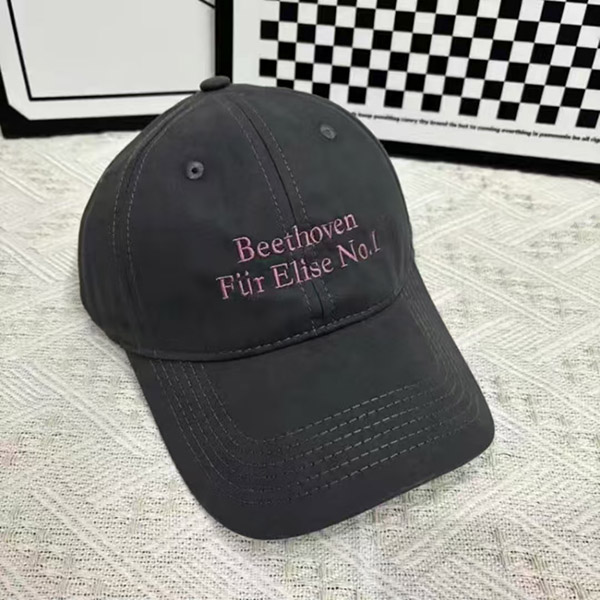
Baseball caps stand out because of their structured yet comfortable design, combining utility with style.
A baseball cap is defined by its rounded crown with six panels, a stiff visor to block sunlight, and an adjustable closure for different head sizes. It balances practical sun protection with universal appeal.
The crown is the most recognizable part of a baseball cap. It is usually made from six stitched panels that form a rounded dome. Structured crowns include stiffeners, giving the cap a sharp, firm look ideal for logos and embroidery. Unstructured crowns are softer, offering a relaxed and casual feel that appeals to lifestyle fashion markets.
The brim, also known as the visor, is a stiff extension designed to shade the eyes from sunlight. Curved brims are practical and fit most face shapes, while flat brims are more common in streetwear and urban fashion, giving a bold and modern appearance.
Finally, the closure system defines adaptability. Fitted caps offer a premium, tailored fit but require precise sizing. Adjustable closures—like snapbacks with plastic snaps or strapbacks with fabric or metal buckles—are more versatile for wholesale buyers, reducing size inventory risks.
| Feature | Description | Benefit for Users |
|---|---|---|
| Crown | Rounded, usually six panels | Balanced fit and style |
| Brim/Visor | Stiff, curved or flat | Sun protection, iconic look |
| Closure | Fitted, snapback, strapback, Velcro | Flexible sizing, broad appeal |
This simple yet flexible design is what makes baseball caps globally recognizable and widely used.
2. How Did the Baseball Cap Evolve from Sports Gear to Global Fashion?
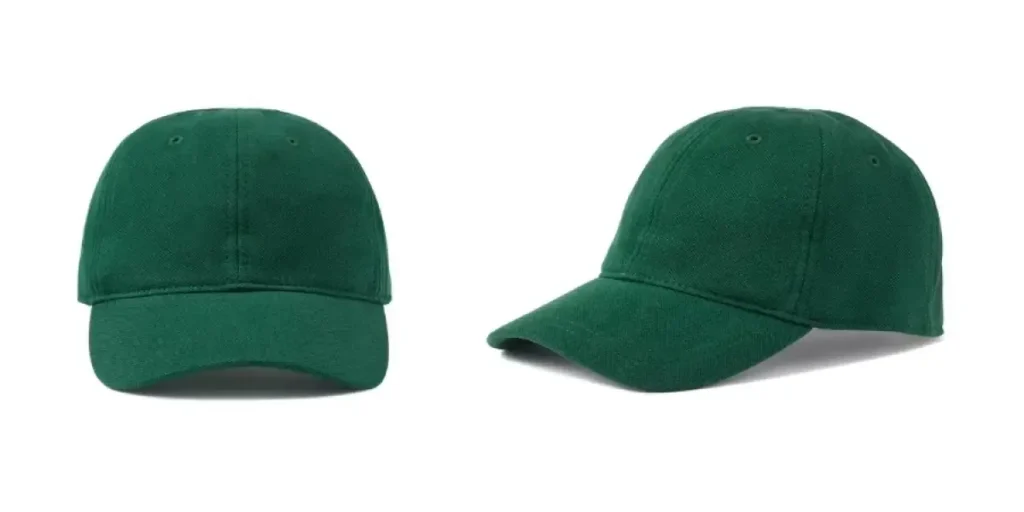
Baseball caps began as sports gear but transformed into cultural and fashion icons.
Baseball caps originated in the 1800s as protective gear for baseball players. By the 20th century, they symbolized team identity. Later, they became part of streetwear and global fashion, now worn across sports, music, and lifestyle markets.
The earliest versions were plain and practical, meant to block sunlight during games. By the mid-20th century, teams adopted uniformed caps, turning them into strong branding tools. Fans wore them to show loyalty, creating a link between sports and consumer identity.
In the 1980s and 1990s, caps entered pop culture. Hip-hop, skateboarding, and urban fashion embraced snapbacks and fitted caps, making them essential for youth style. Fashion brands later adapted caps into everyday collections, using new fabrics and minimalist designs.
Today, baseball caps are both sports uniforms and fashion statements. They cross generations, genders, and cultures, making them one of the most marketable accessories for wholesale buyers.
| Era | Development | Market Impact |
|---|---|---|
| 19th Century | Early baseball uniforms | Sports protection only |
| Mid-20th Century | Team merchandise and logos | Brand identity in sports |
| 1980s–1990s | Streetwear and music culture | Global youth adoption |
| 2000s–Today | Lifestyle and fashion accessory | Everyday use + promotions |
This journey explains why baseball caps are not just functional products but symbols of culture and identity worldwide.
3. What Are the Key Components of a Baseball Cap (Crown, Brim, Closure)?

Every baseball cap shares three essential components: crown, brim, and closure.
The crown shapes the fit, the brim offers sun protection, and the closure ensures adjustability. These three parts define the comfort, function, and style of every baseball cap, making them central to design and sourcing decisions.
The crown is the main body of the cap. Structured crowns with stiffeners are ideal for embroidery and promotional branding. Unstructured crowns give a relaxed fit, suitable for casual fashion and lifestyle collections.
The brim (visor) is designed to block sunlight. It can be slightly curved, offering universal appeal and practicality, or flat, which is bolder and popular in streetwear markets.
The closure determines fit. Fitted caps offer a tailored look but limit flexibility. Adjustable options—like snapbacks, strapbacks, or Velcro closures—make inventory easier to manage, especially in wholesale markets.
| Component | Description | Importance |
|---|---|---|
| Crown | Rounded top, structured/unstructured | Defines comfort and branding style |
| Brim/Visor | Stiff extension, curved or flat | Provides shade, adds identity |
| Closure | Fitted or adjustable systems | Ensures flexibility for all users |
Each component can be modified with fabrics, textures, and stitching, giving brands endless customization options.
4. How Do Materials and Manufacturing Methods Influence Cap Quality?

Cap quality depends on raw materials and how they are manufactured.
Baseball caps are made from cotton twill, polyester blends, wool, mesh, or eco-friendly fabrics like RPET. Manufacturing quality—such as stitching precision, structured panels, and embroidery—determines durability, comfort, and brand value.
Cotton is soft and breathable, making it ideal for lifestyle caps. Polyester blends are strong and colorfast, perfect for promotions or sports. Wool remains the premium choice for professional baseball uniforms. Mesh panels and nylon provide ventilation in trucker or summer caps. RPET and organic cotton meet sustainability demands.
Manufacturing methods matter equally. Reinforced stitching prevents seams from breaking. High-quality embroidery ensures logos stay sharp after multiple washes. Structured panels maintain crown shape, while low-cost caps often collapse after wear. For wholesale buyers, investing in durable manufacturing means fewer returns and higher customer satisfaction.
| Material | Traits | Best Use Case |
|---|---|---|
| Cotton Twill | Soft, breathable, durable | Lifestyle and casual wear |
| Polyester | Colorfast, structured, versatile | Promotions and sports branding |
| Wool | Warm, premium look | Professional sports caps |
| Mesh/Nylon | Light, ventilated | Trucker and summer caps |
| RPET/Organic | Eco-friendly, sustainable | Green-conscious brands |
High-quality materials and reliable production separate premium caps from budget ones, making this a key sourcing factor.
5. What Functions Do Baseball Caps Serve in Sports, Fashion, and Branding?

Baseball caps work across multiple industries, giving them unmatched market appeal.
In sports, caps block sunlight and show team identity. In fashion, they complement outfits and express personal style. In branding, they serve as promotional items, with logos on the crown or brim for maximum visibility.
Sports teams use fitted caps for professional players and fan merchandise. Fashion retailers rely on dad hats, strapbacks, and snapbacks to reach different demographics. Companies use trucker or polyester caps with large print areas for promotions and giveaways.
The versatility comes from the cap’s design: simple yet highly adaptable. Buyers can use the same base product for performance, retail, or marketing.
| Function | Market Example | Benefit |
|---|---|---|
| Sports | Baseball uniforms, team logos | Protection + identity |
| Fashion | Streetwear, casual, luxury brands | Trendy and unisex |
| Branding | Corporate or event promotions | Affordable, high visibility |
This multi-purpose nature explains why baseball caps remain one of the top wholesale categories worldwide.
6. How to Differentiate Baseball Caps from Other Hat Styles in the Market?
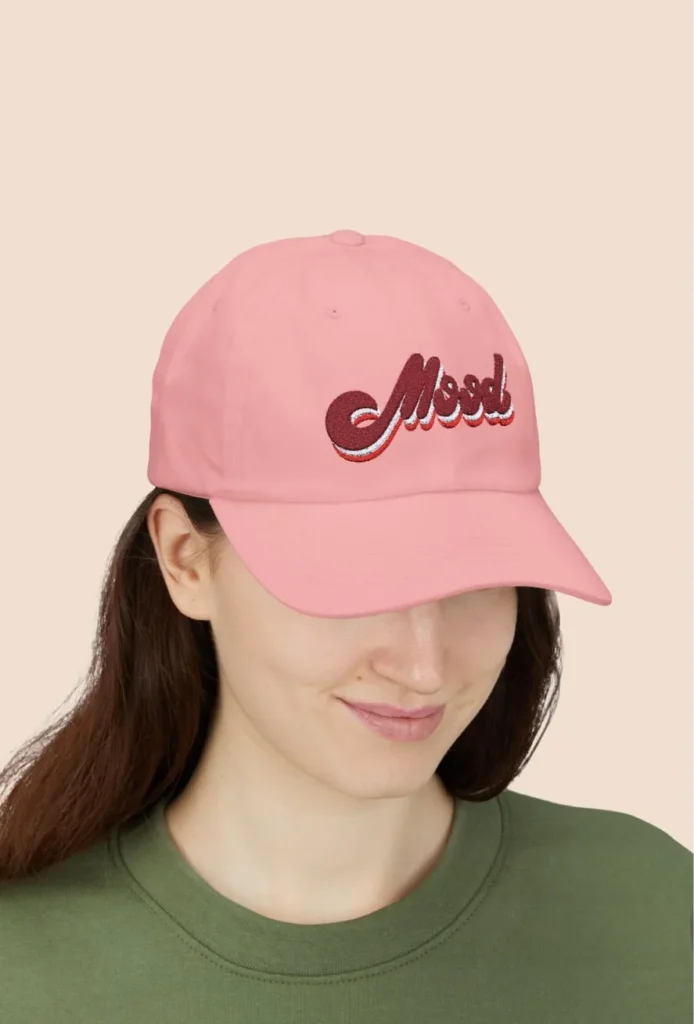
Understanding differences helps avoid confusion when sourcing.
Baseball caps differ from snapbacks, trucker caps, bucket hats, and beanies in design and purpose. Baseball caps have rounded crowns and curved brims. Snapbacks have flat brims. Trucker caps use mesh backs. Bucket hats are floppy with no crown structure.
Buyers sometimes confuse these categories. Baseball caps are the balance between fashion and function. Trucker caps are better for outdoor promotions. Snapbacks are bold streetwear items. Bucket hats are casual accessories. Beanies serve cold-weather needs only.
| Hat Type | Structure | Key Difference from Baseball Cap |
|---|---|---|
| Snapback | Flat brim, high crown | Streetwear-focused, more urban look |
| Trucker Cap | Mesh back, curved brim | Stronger ventilation, promo-heavy |
| Bucket Hat | Wide floppy brim, no crown panels | No structure, different silhouette |
| Beanie | Knit, no brim | Seasonal, winter-only accessory |
This comparison helps wholesalers position baseball caps correctly in catalogs and retail channels.
Baseball caps combine design, materials, and cultural influence into one versatile product. They work in sports, fashion, and branding, making them one of the most profitable headwear categories.
👉 Ready to source or customize your baseball caps? Contact Kinwin at [email protected] or visit https://hatfactorychina.com/ to start your project today.


